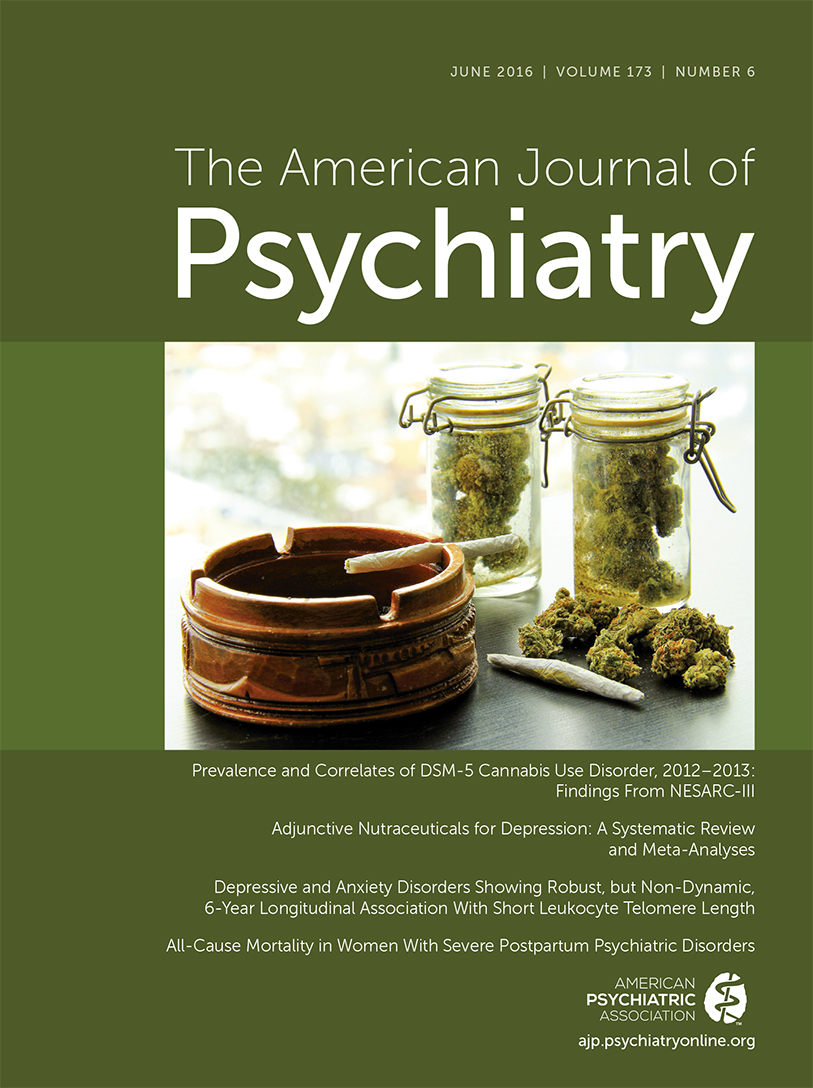Accelerated Brain Aging in Schizophrenia: A Longitudinal Pattern Recognition Study
Abstract
Objective:
Despite the multitude of longitudinal neuroimaging studies that have been published, a basic question on the progressive brain loss in schizophrenia remains unaddressed: Does it reflect accelerated aging of the brain, or is it caused by a fundamentally different process? The authors used support vector regression, a supervised machine learning technique, to address this question.
Method:
In a longitudinal sample of 341 schizophrenia patients and 386 healthy subjects with one or more structural MRI scans (1,197 in total), machine learning algorithms were used to build models to predict the age of the brain and the presence of schizophrenia (“schizophrenia score”), based on the gray matter density maps. Age at baseline ranged from 16 to 67 years, and follow-up scans were acquired between 1 and 13 years after the baseline scan. Differences between brain age and chronological age (“brain age gap”) and between schizophrenia score and healthy reference score (“schizophrenia gap”) were calculated. Accelerated brain aging was calculated from changes in brain age gap between two consecutive measurements. The age prediction model was validated in an independent sample.
Results:
In schizophrenia patients, brain age was significantly greater than chronological age at baseline (+3.36 years) and progressively increased during follow-up (+1.24 years in addition to the baseline gap). The acceleration of brain aging was not constant: it decreased from 2.5 years/year just after illness onset to about the normal rate (1 year/year) approximately 5 years after illness onset. The schizophrenia gap also increased during follow-up, but more pronounced variability in brain abnormalities at follow-up rendered this increase nonsignificant.
Conclusions:
The progressive brain loss in schizophrenia appears to reflect two different processes: one relatively homogeneous, reflecting accelerated aging of the brain and related to various measures of outcome, and a more variable one, possibly reflecting individual variation and medication use. Differentiating between these two processes may not only elucidate the various factors influencing brain loss in schizophrenia, but also assist in individualizing treatment.



